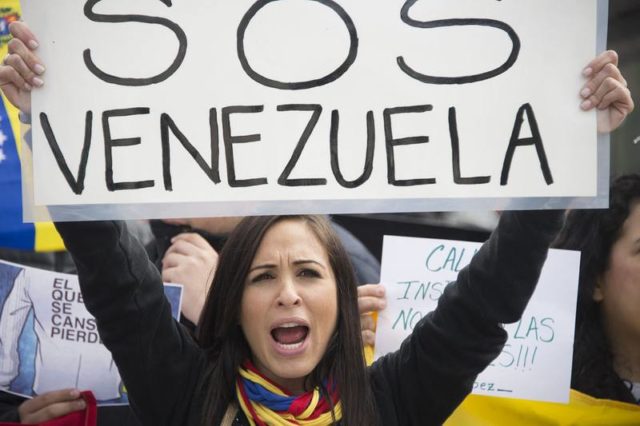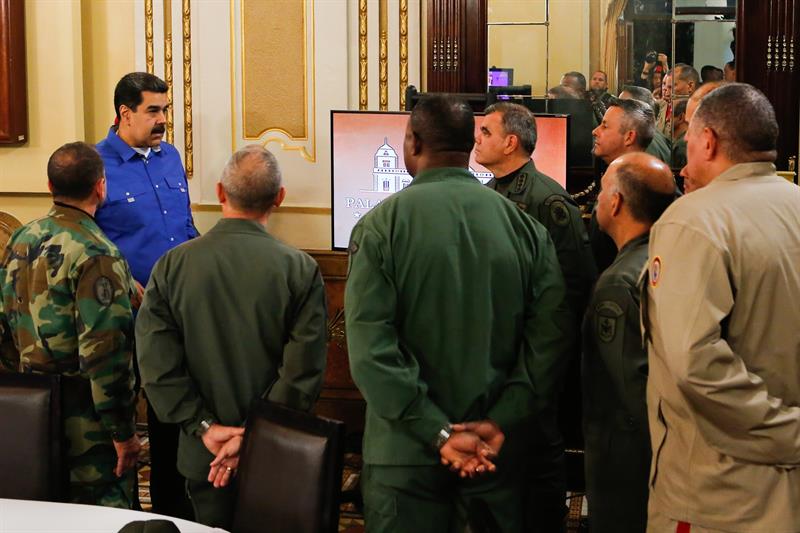A few weeks ago we published our most recent investigation El FAES no depende de nadie. La muerte como divisa (FAES depends on no one. Death as a motto), a reflection on the phenomenon of the Special Action Forces of the Bolivarian National Police (FAES) as a manifestation of vigilantism in Venezuela. The report presents objective data and indicators on the lethal legacy of this division that will soon be five years old.
One of the most striking findings has to do with the place and conditions surrounding a significant number of the deaths that occurred as a result of the intervention of this security agency.
In 58% of the cases analyzed we were able to obtain information on the characteristics of the place of the events that involve different security agencies. The majority of the incidents occurred in open spaces (72.5%). 31.4% of the victims were executed inside their homes. When analyzing the disaggregated figures, 38% of the executions carried out by the FAES took place inside the domiciles where the victims were staying. These actions have consolidated in the period spanning from 2016 to 2020, showing a trend towards their institutionalization.
In 2016, the year when the FAES came into force, 14.8% of the cases occurred under the described circumstances. The figure increased to 51% the following year and then stabilized the following two years at 46%. These percentages are higher than the figure for all police forces in the country, which have possibly also been influenced by the conduct of the FAES, as well as by the institutional promotion and tolerance towards them. The increase in this practice can also be observed in other police forces across the country, but it does not reach the same levels as in the case of the FAES (Graph 1).

We should not lose sight of the fact that the data analyzed is only an underreporting, so it is important to contrast it with the testimonies of relatives and witnesses to the events, as well as with police files since the version of the security bodies predominates in the sources analyzed (81%) and does not coincide with the reports of different NGOs. According to these sources, most of the cases occur in the home of the deceased. The information available offers sufficient evidence to affirm that this type of practice -which is not new in the country- has become more common and intense. In the period under study, a decrease in the occurrence of cases in open spaces can be observed: from 74% in 2016 to 47% in 2020; while indoor cases increased from 26% in 2016 to 53% in 2020 (Graph 2).

Another relevant aspect is the increase of indoor operations by security forces in general. In 2016, the cases accounted for 17% of all incidents, rising to 41% four years later. More than 60% of the cases of executions took place inside a house, a percentage that has increased in time (Graph 3). When analyzing the commission of extrajudicial executions in the country in 2020, the United Nations Independent Fact-Finding Mission on Venezuela (2020) found that “[t]he killings most often took place in the victim’s house or in the neighborhood.”

A common element in the cases is the repeated allegations of theft of the victims’ belongings by FAES officers after the confrontations. These acts of institutional looting were already present in the so-called Operations for the Liberation of the People (PLOs) and have also been documented in other works. The Attorney General has publicly denounced it.
These findings, together with the indicators of abuse of lethal force that we have analyzed in recent years and the profile of the victims, which are also addressed in the investigation, add up to sufficient evidence to show that most of these cases were not confrontations.
Although there has been much debate about the possible elimination of this security body, it has mutated into other bodies such as the Directorate Against Organized Crime (DCDO), the Criminal Investigation Directorate (DIP), the Strategic Intelligence Directorate (DIE), the Territorial Intelligence Bases (BTI), etc., where the policy of extermination has continued, as well as the impunity of the cases.
Translated by José Rafael Medina




